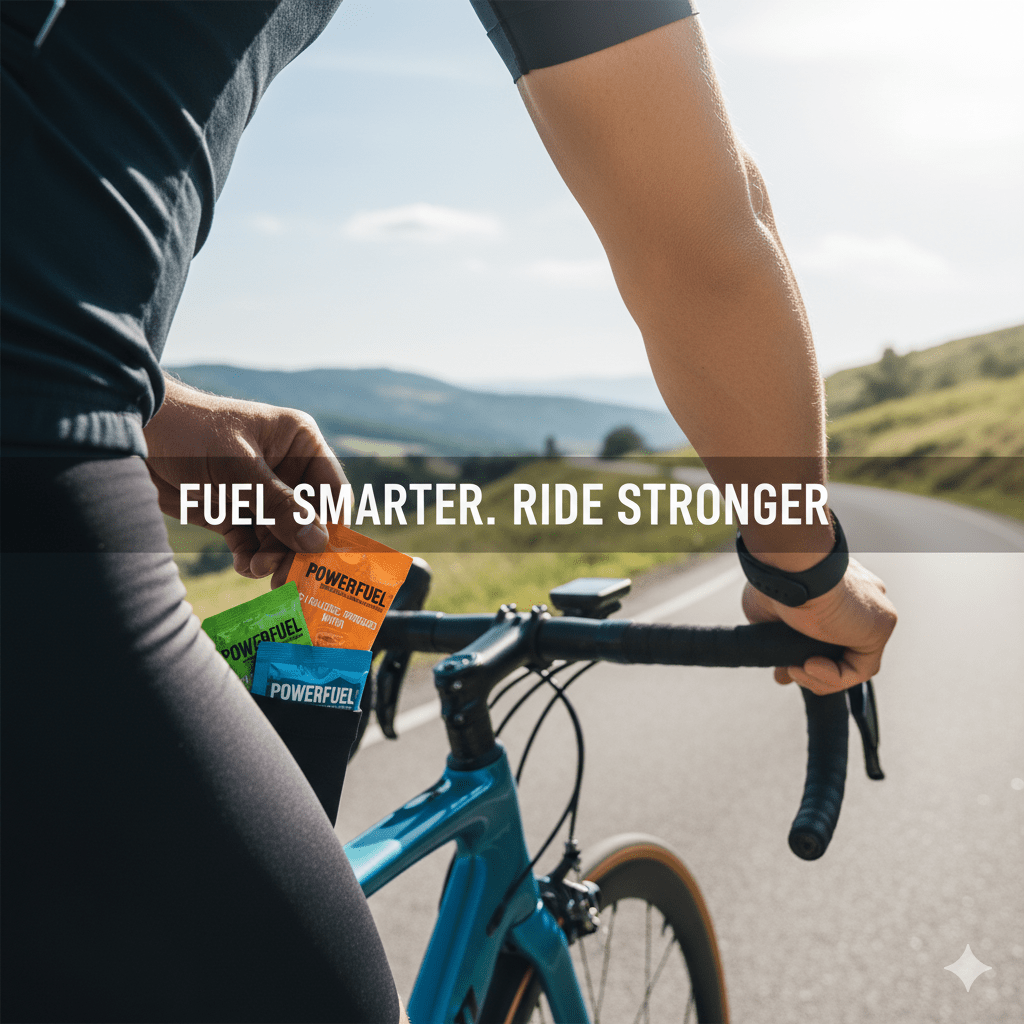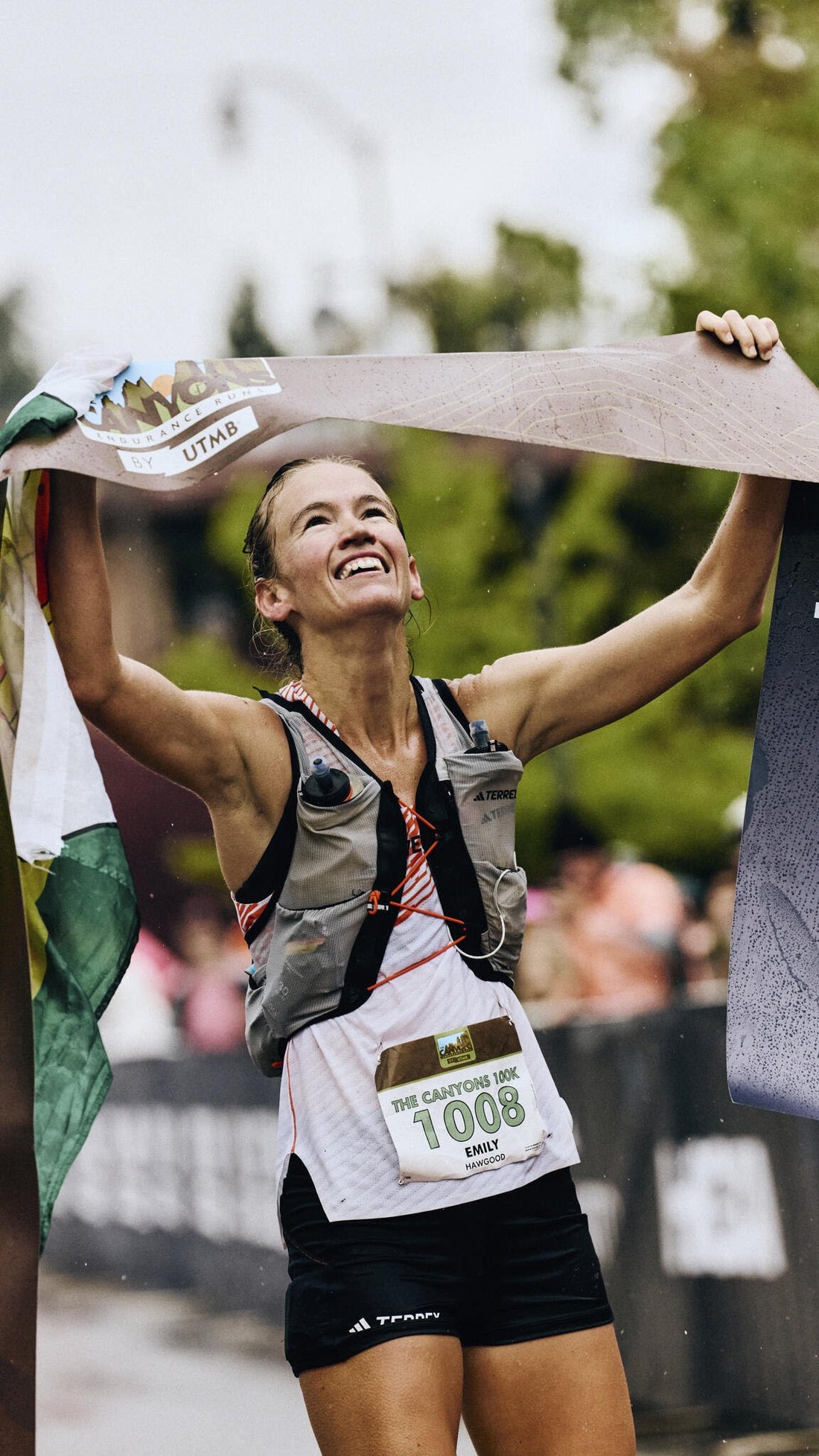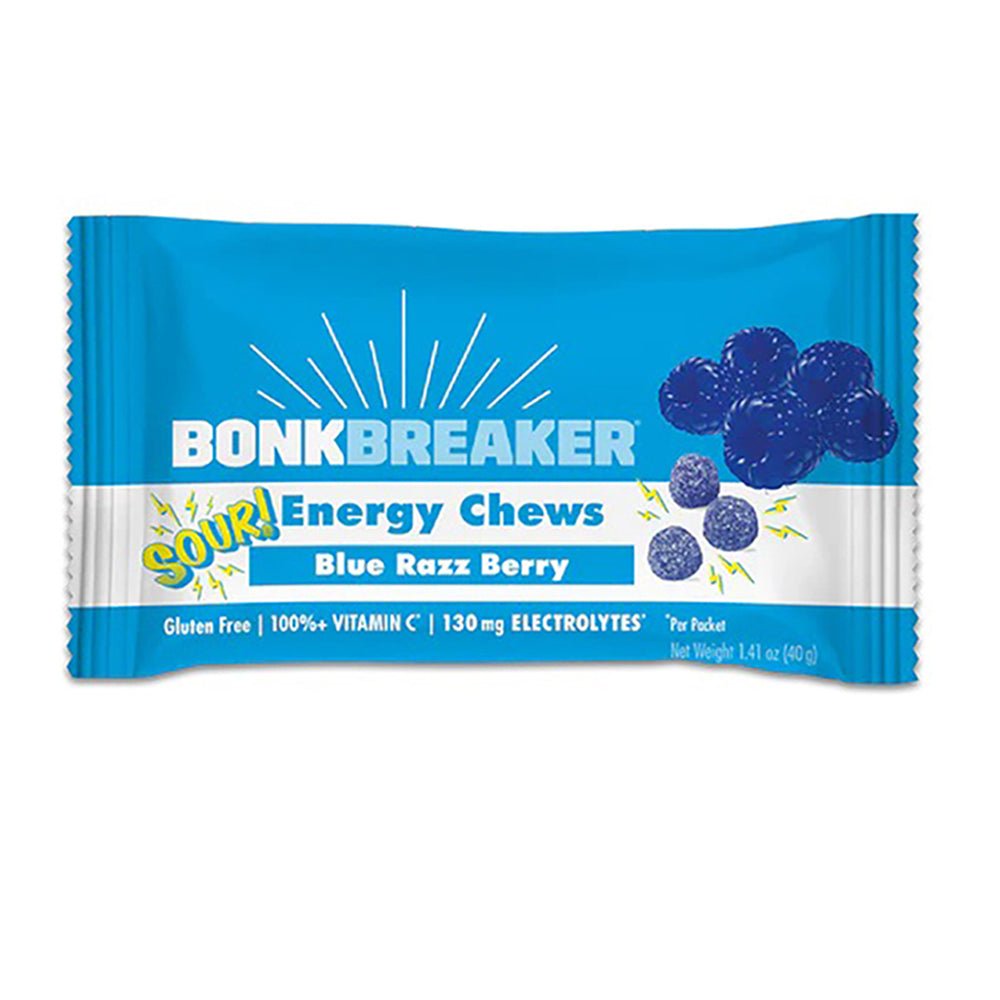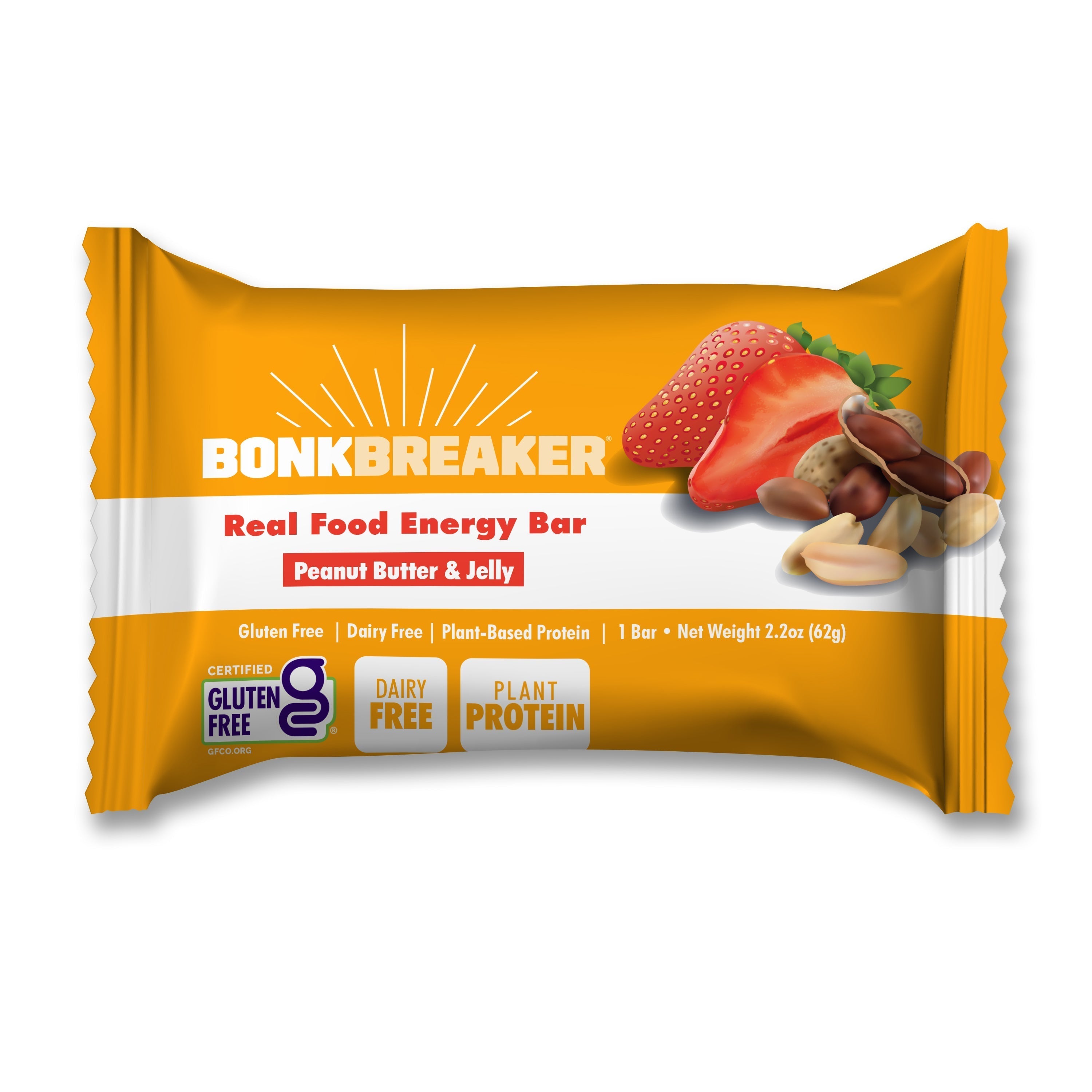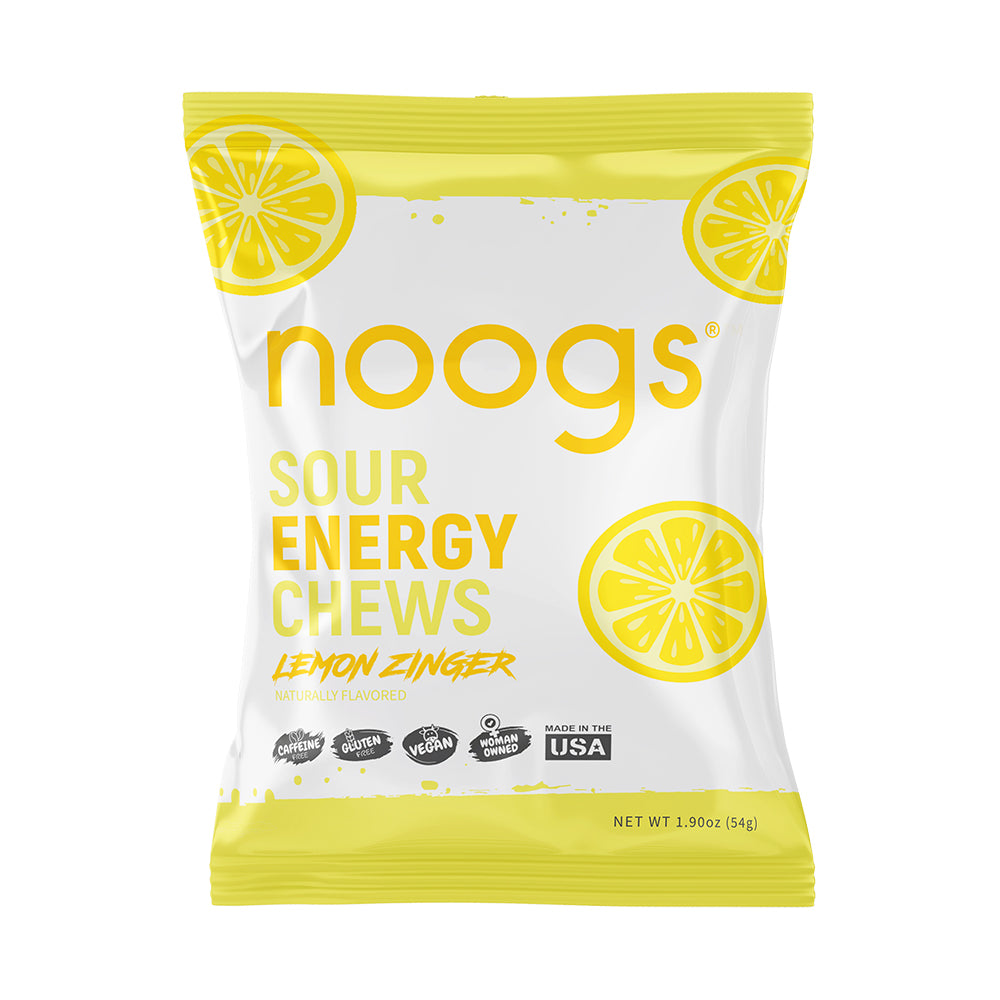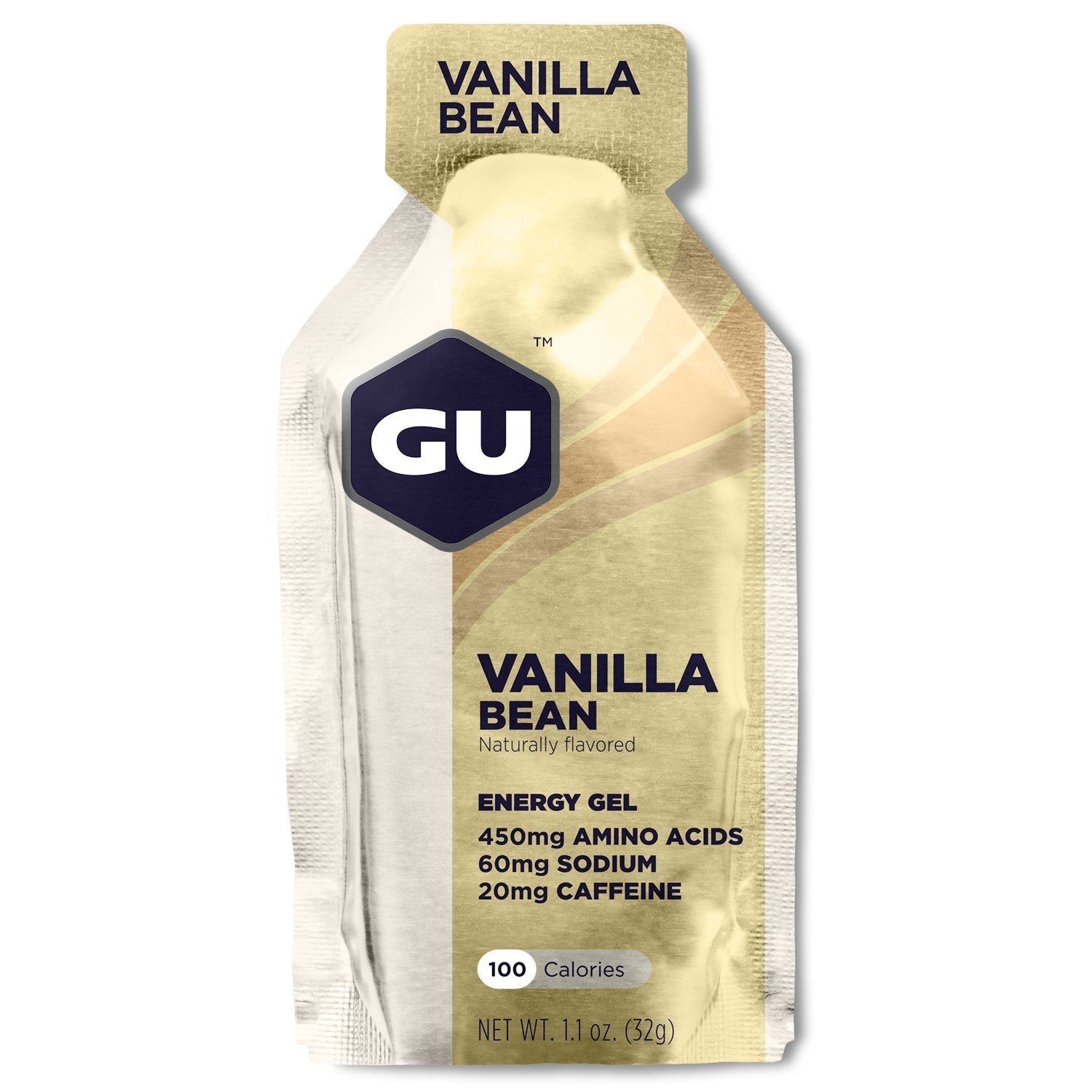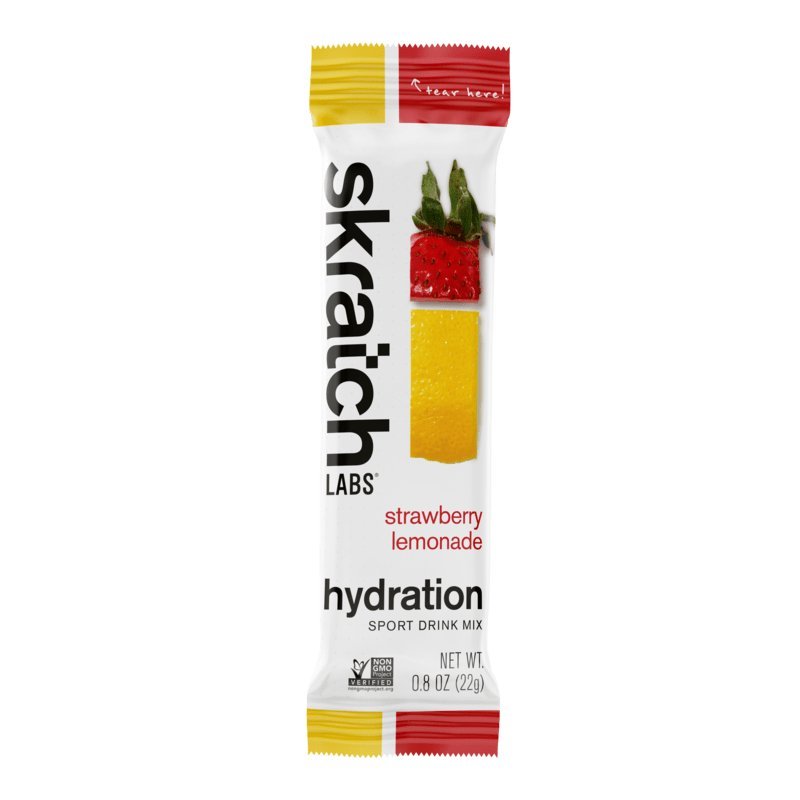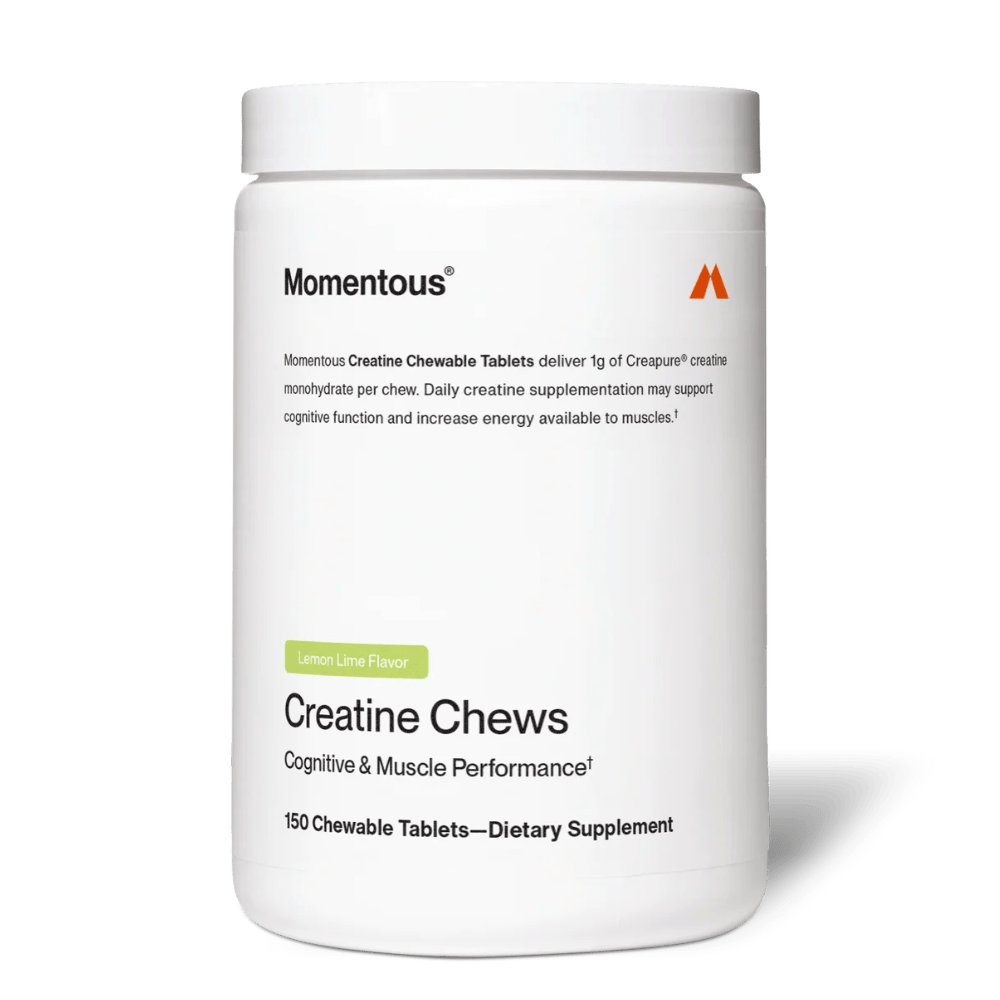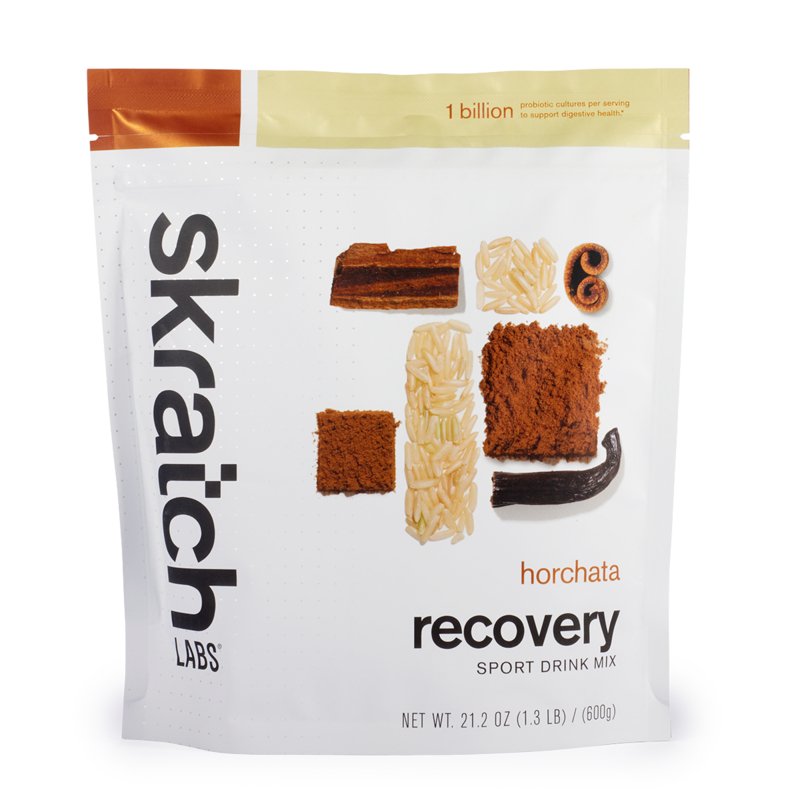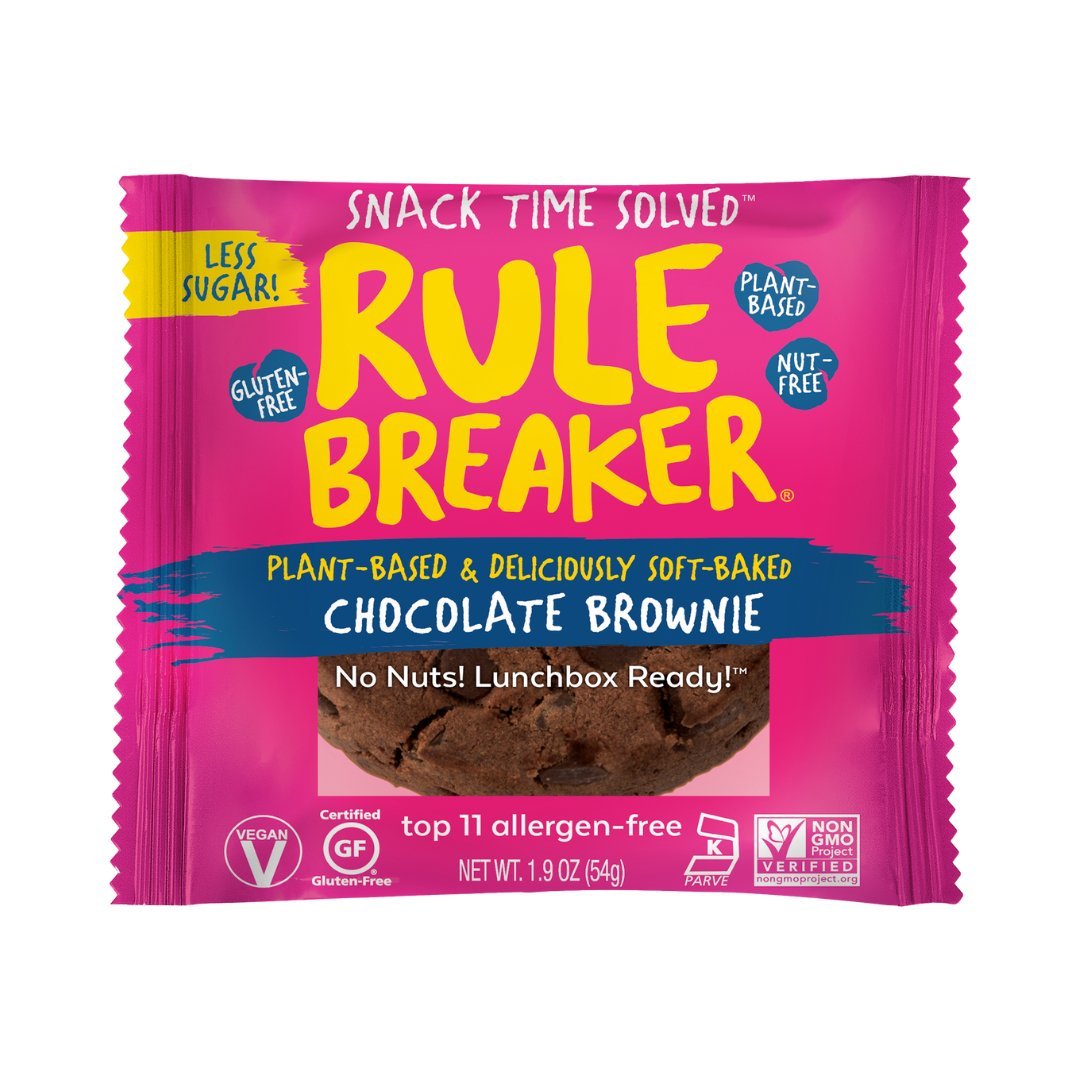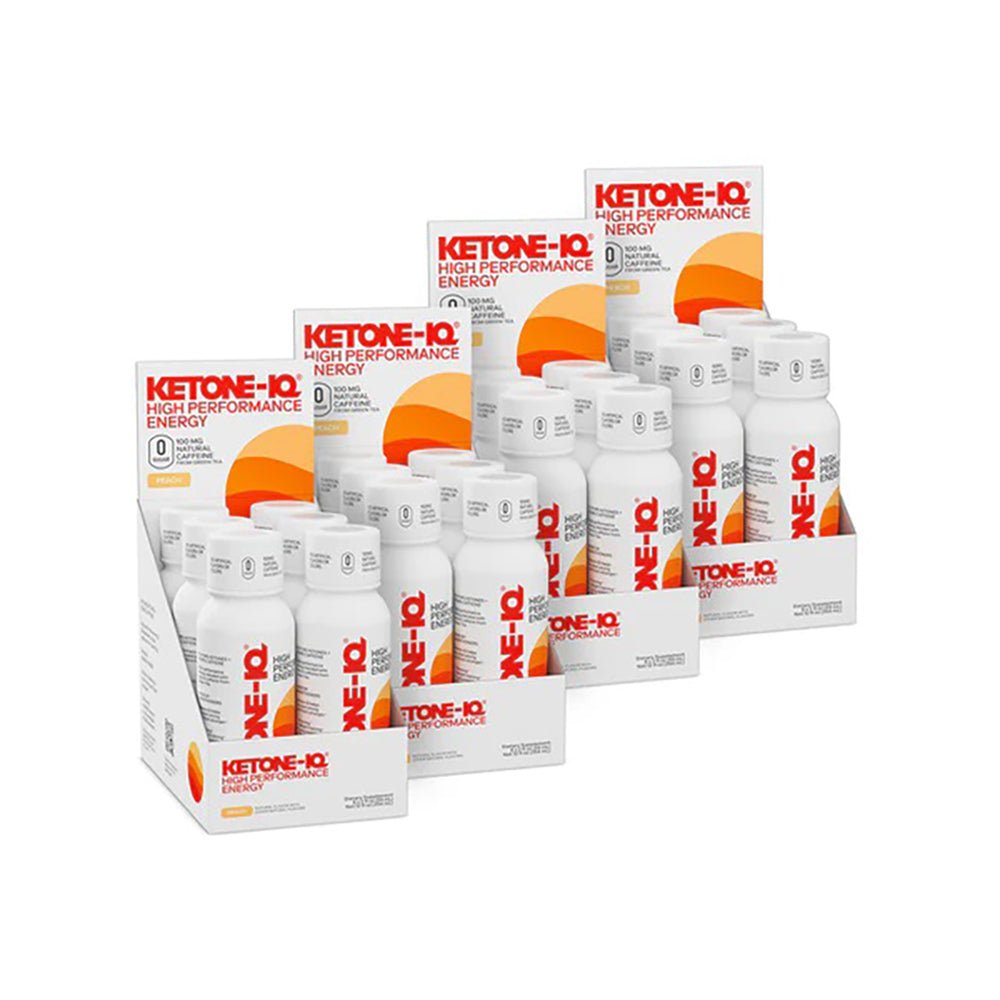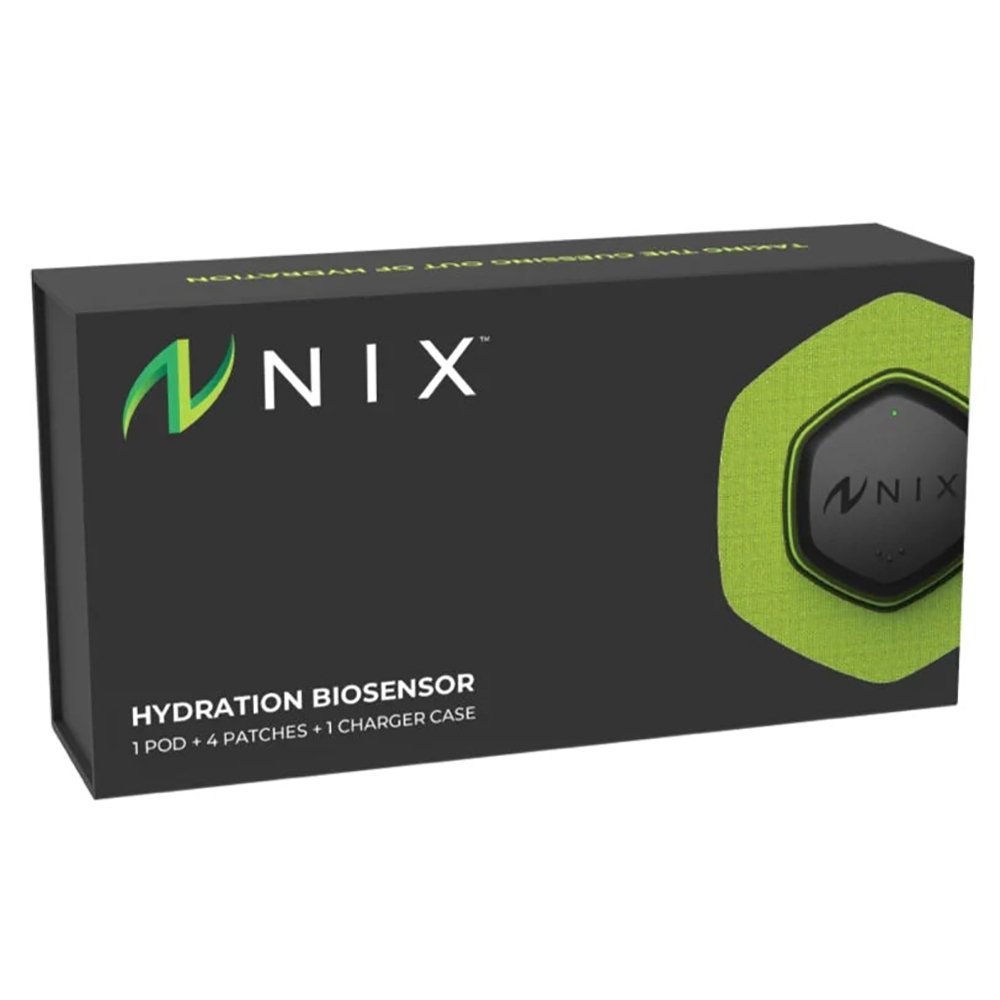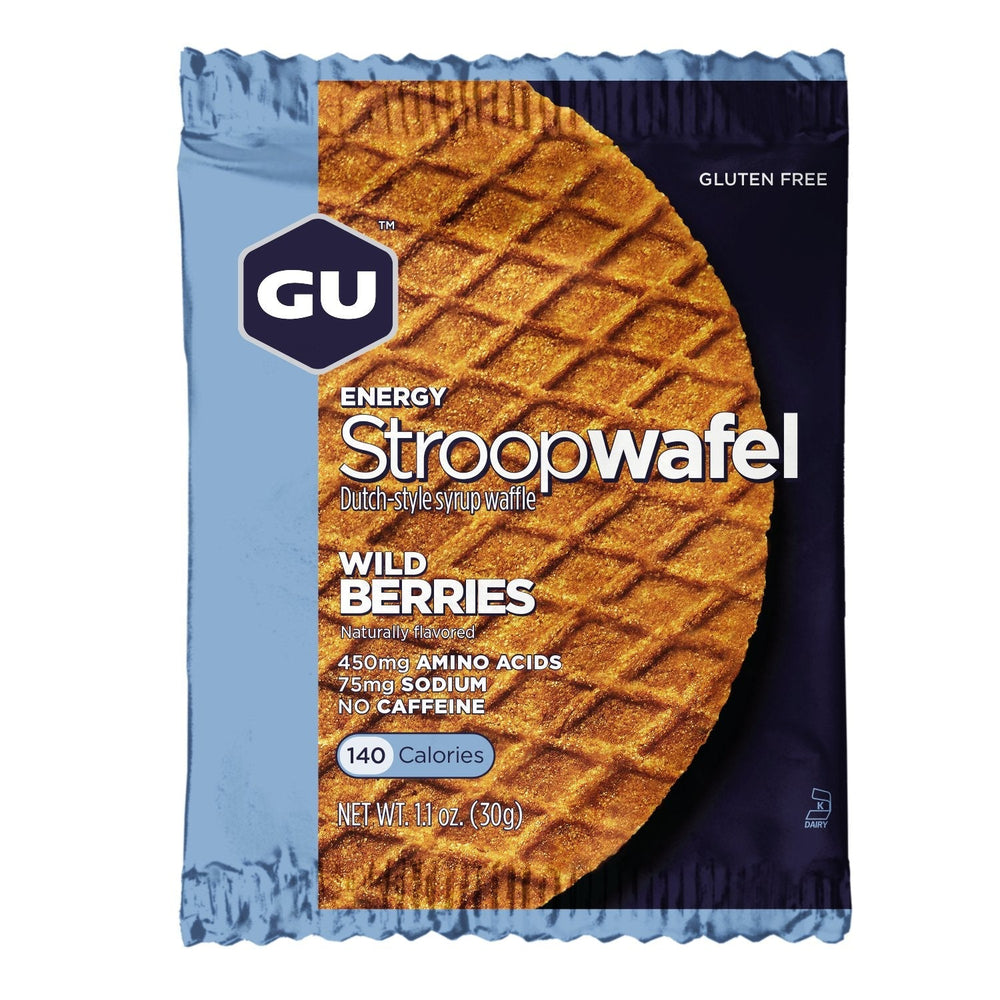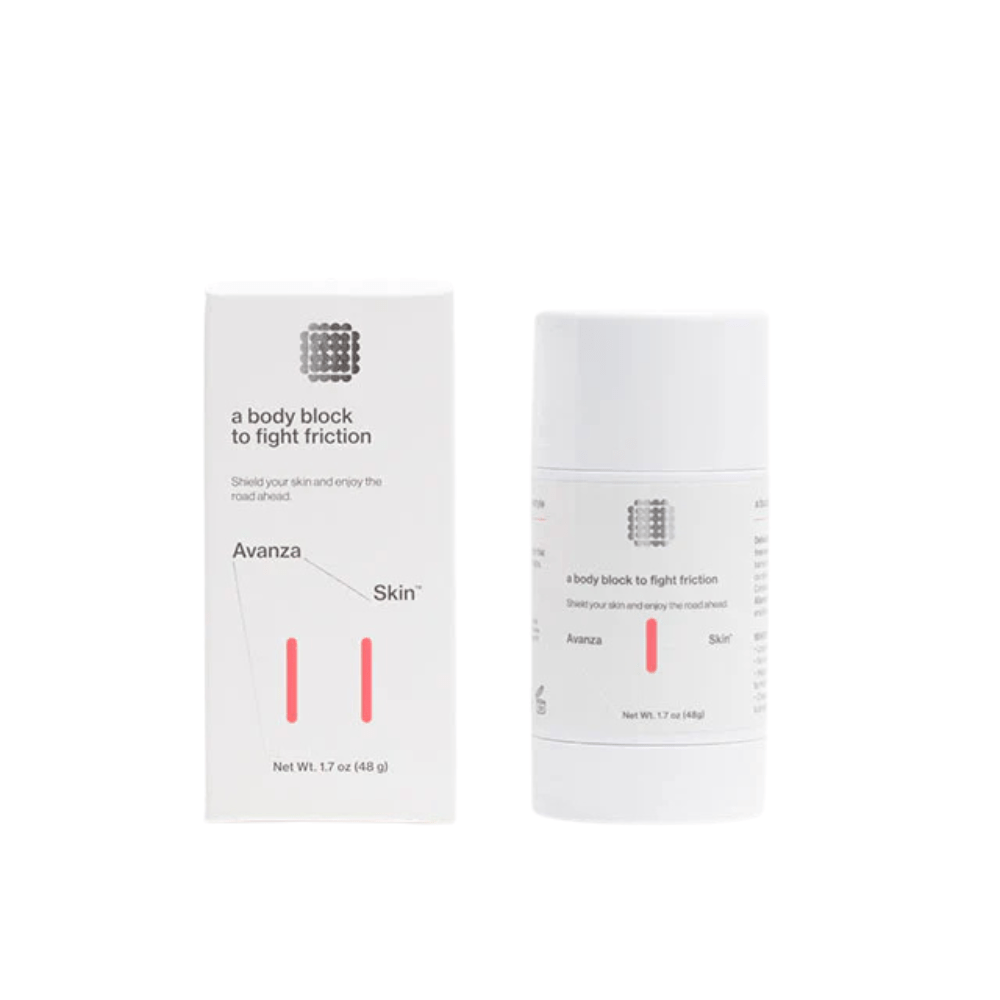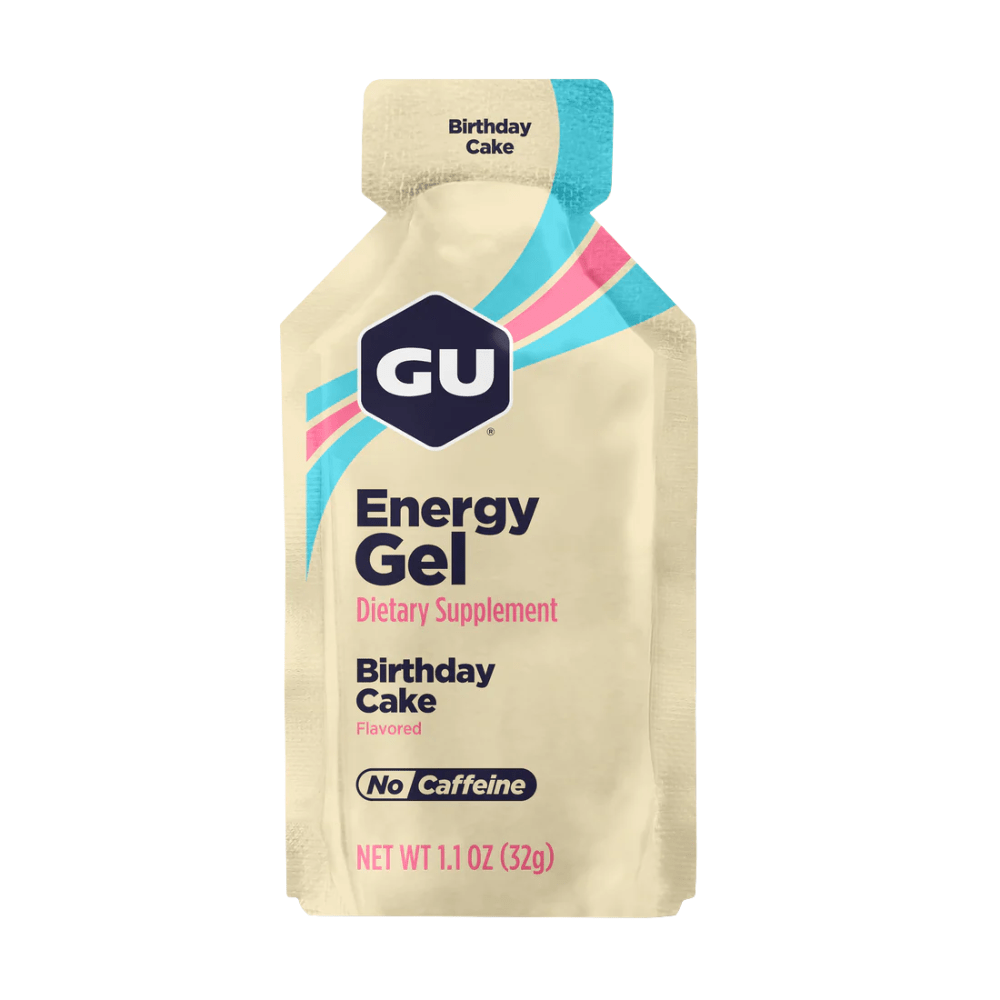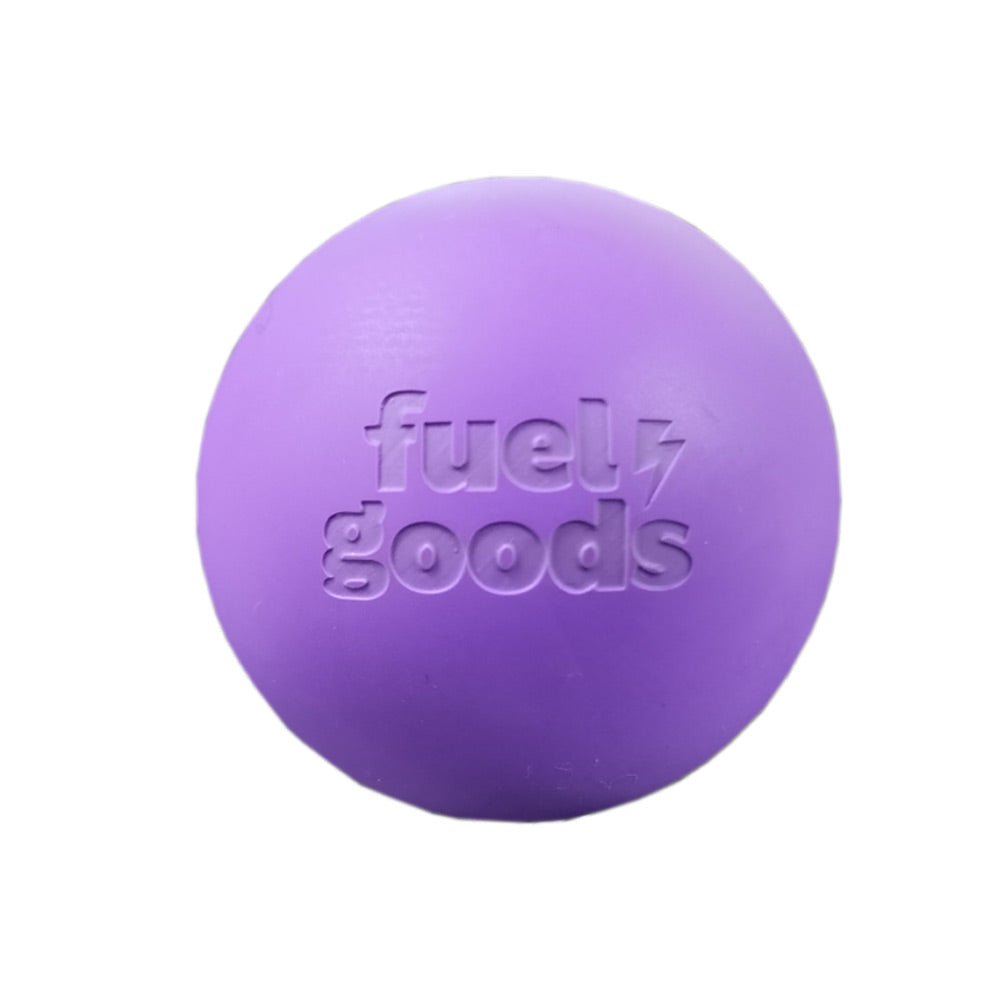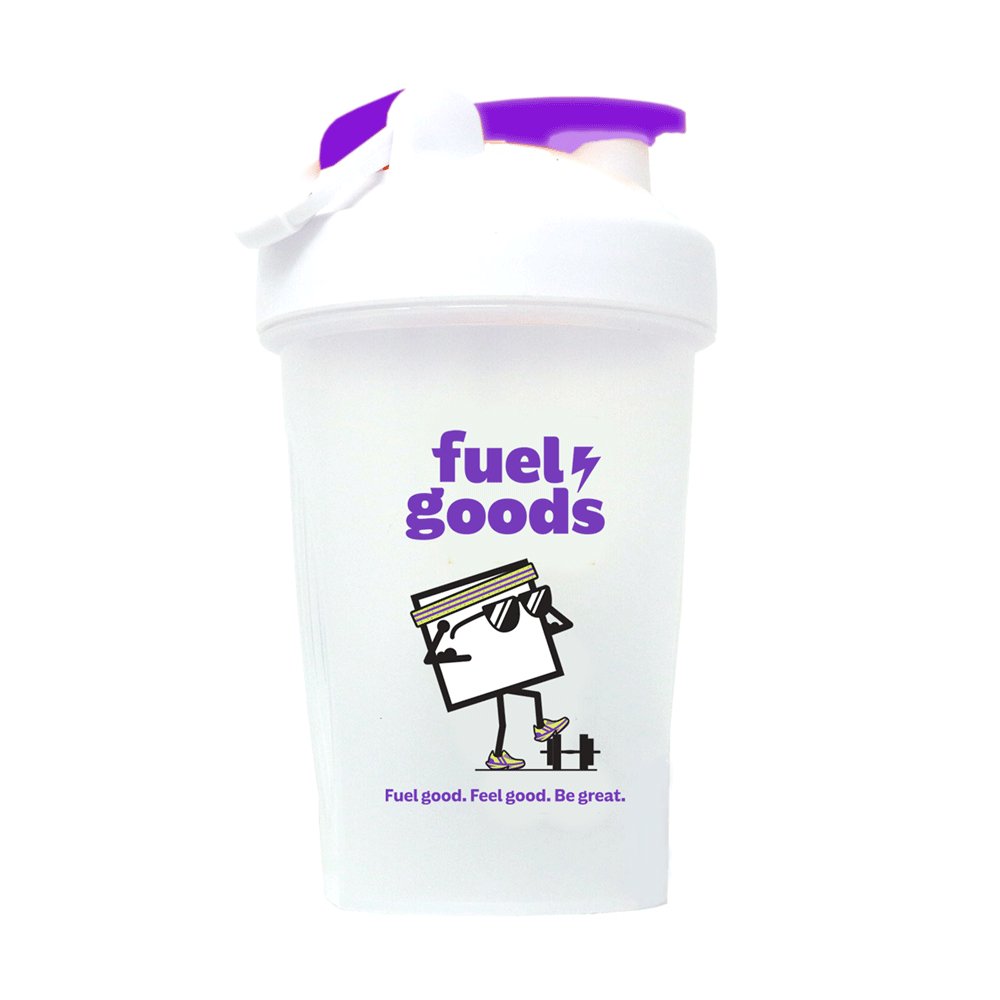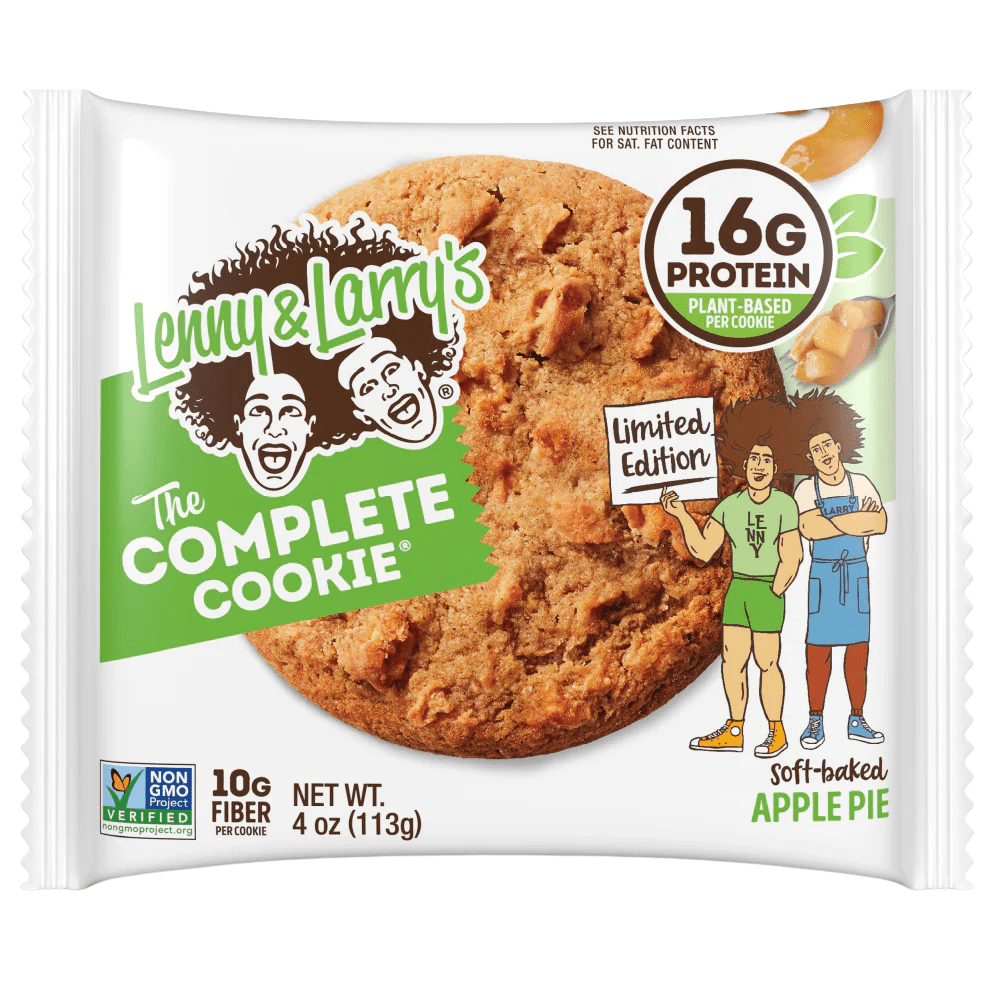MOBILITY TIME
What is mobility? To put it simply, mobility is the ability to move through a joints full range of motion (ROM). In this post we’ll be talking specifically about ankle and hip mobility as they are of particular importance to runners and cyclists (sorry triathletes, but shoulder mobility will have to wait for another post).
Poor mobility can manifest itself in range of ailments including knee or back pain. Pain aside, it will also severely limit your performance. When we’re not able to access full ROM it forces us to adopt inefficient movement patterns. The two particular movements we’ll talk about today are dorsiflexion of the ankle and extension of the hip. Dorsiflexion is the ability to rotate your foot towards your shin, while hip extension is the ability to extend our thigh down and back.
Impact on running:
Poor dorsiflexion limits our ability to absorb shock as the foot travels under us during the stride, sending forces up the chain. Poor ankle mobility also limits our ability to store and release energy in our Achilles and calf muscles, limiting our stride. This lack of mobility usually comes from tight calf muscles.
Poor hip extension means that as your leg travels behind you in your stride, you have to rotate your pelvis forward and bend at the low back. You can imagine why that wouldn’t be good. Poor hip extension is often caused by tight hip flexors, which are made even tighter when we’re in a position of hip flexion all day from sitting.
Impact on riding:
Poor dorsiflexion can cause resistance in your pedal stroke as the foot comes over the top of the crank. If you imagine your foot around 12:00 of the pedal stroke, and your hands in the drops, there is limited space between your femur and torso. Dropping your heel allows more space, it also allows for a tangent vector of force, allowing you to recruit the powerful glute muscles as you pedal from 12:00 to 3:00. On the other hand, if there is not sufficient range of motion in the ankle, coming over the top of the pedal stroke may mean rocking hips or inhibited diaphragmatic breathing.
Cycling can also cause a shortening of the hip flexors because of the constant bent-over position. We want to spend time counteracting that to promote a neutral pelvis which can help promote glute recruitment as well as alleviate strain on your hamstrings and back.
We’ll also be working a bit on hip external rotation to further improve hip stability, work on tight hip muscles and allow for good knee alignment.
Follow this routine before training as a warm up to bring synovial fluid to joints and loosen up tight muscles so we can access the full ROM and improve our performance.
What You Need to Get Started
- Lacrosse ball, baseball or foam roller
- A table less than hip height, a rail or low ledge
Ready!? LET'S GO!
The Routine:
Leg Swings: Stand in a doorway or next to a chair to use one hand for balance and swing your leg forward and back like a pendulum, keeping the hips neutral. You should feel some tension in your hip flexors as the leg swings back and some tension in the hamstring as it goes forward, approach that tension with each swing but there’s no need to kick up to the sky. Perform 12-15 per leg.
Couch Stretch: Place the top of your foot against a couch or on a low ledge and the opposite foot out in front of you, with your ankle below your knee. You can place a padded object or a small pillow beneath the knee on the ground. Tuck your tailbone under you, squeeze the glute of the forward leg and press your hips forward, keeping a tall trunk. If you have especially tight quads, do this stretch with the behind foot on the ground. Spend 2 minutes per side.
Ankle Flexion: Rest your calf on a ball of roller and move your calf over the object, looking for tight spots. Rotate your foot side to side and move the leg up and down over the object to actively release tight tissue. Spend 2 minutes per leg.
Deep Squat: What we did before we invented chairs. Start standing with feet slightly turned out and squat all the way down so your butt is just off the ground. Keep your heels planted and lean forward for balance. Use your elbows to gently press your knees outward. Hold the position for 1 minute, rocking around a bit to explore the position.
Elevated Pigeon: Place the outside of your foot on an elevated surface so your shin is sideways and lean over the shin. You should feel a stretch in your abductors or the side of your glutes. Spent 2 minutes per side.
Other Things to Keep in Mind:
Take nice deep breaths and respect your bodies’ limits, be patient and stop if you feel any pain. Joint’s are not infinitely mobile, at a certain point, we’ve reached the end of range of motion a joint will allow based on our skeletal structure. Do not continue if there is any discomfort or uncertainty with any movements.
Alright Runner and RiderBox Fam: Stay Inside. Stay Motivated. Stay Moving.
To see more at home gym workouts check out: https://www.youtube.com/channel/UCt0lKNCoynKKd7_E4Q9T7Tg
**This article is not a prescription for injury rehabilitation, if you have an injury seek the attention of a physical therapist. Perform these exercises at your own risk.

